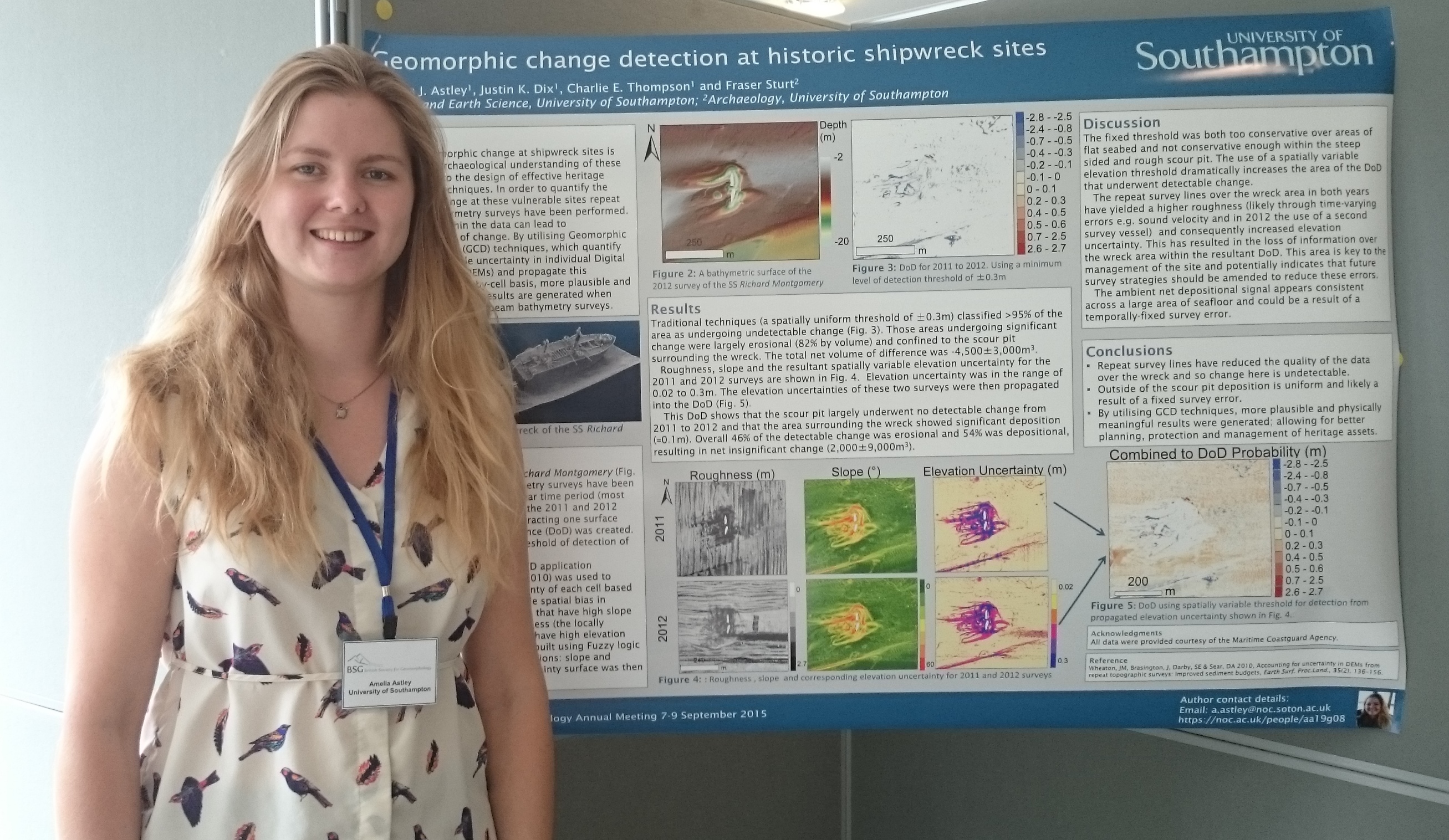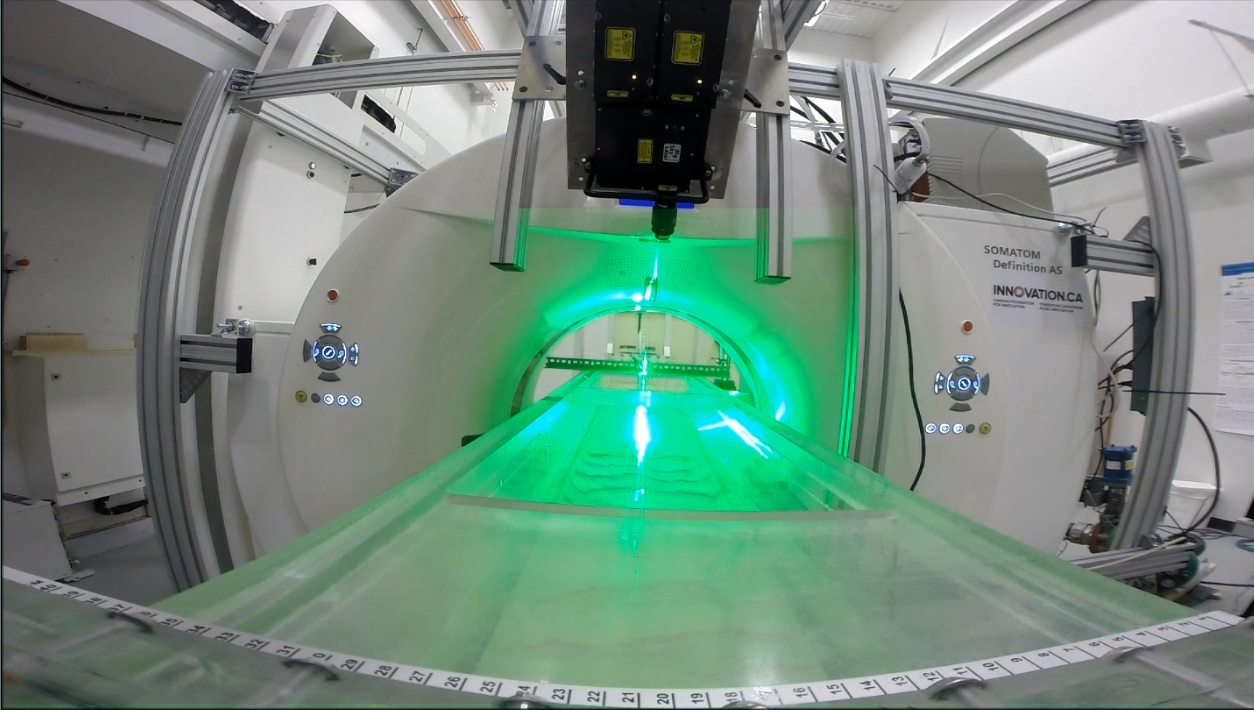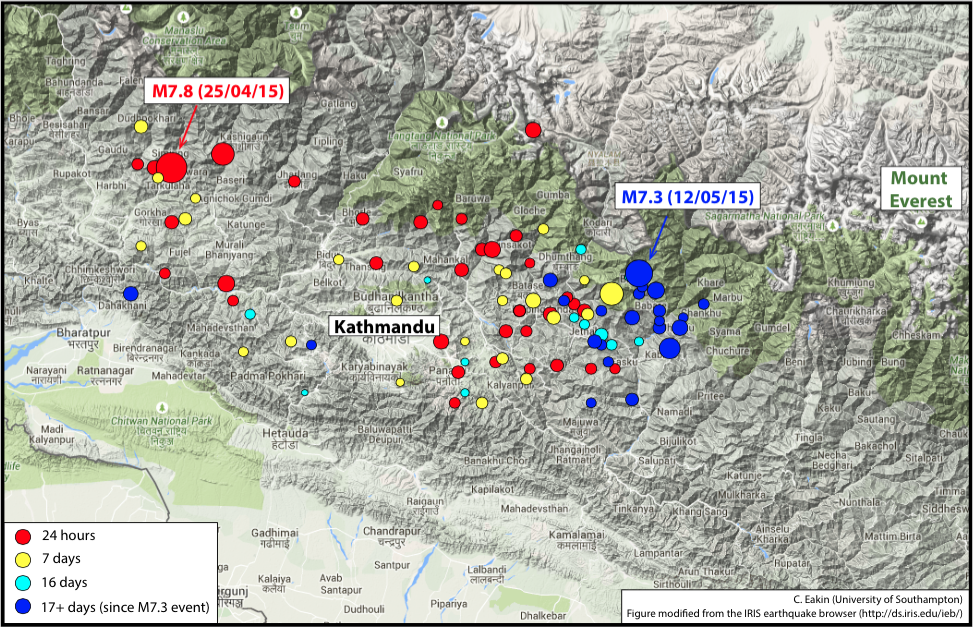After the supermoon, comes the supertide
After the supermoon, comes the supertide This article was originally published on The Conversation. Read the original article. Ivan Haigh, University of Southampton and Kevin Horsburgh, National Oceanography Centre The city of Plymouth, on England’s south coast, normally has fairly moderate tides. However this week it will have a 6m “supertide” – the highest tide… Read More After the supermoon, comes the supertide



